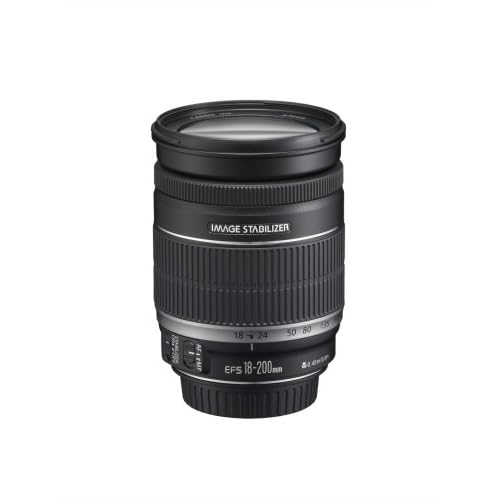 |
| The Last Photo (taken with my Canon 50mm f/1.4 lens) |
My research is complete (I hope) and conclusive. You can't bounce a Canon 50mm lens off the conrete and expect it to perform well afterwards.
The story is depressing.
I knew early on that I needed a 50mm as part of my kit, but price was a concern, so I purchased an f/1.8. You may be familiar with that one. It is extremely inexpensive at about $100. Granted, it is constructed of plastic, but it still gives excellent performance. I planned to take good care of it, so plastic was not a concern for me.What happened could have happened to anyone. In fact, I had read of a similar incident only a few days BEFORE my own accident. I simply picked up my camera case and threw it over my shoulder. Except I had forgotten to zip it shut. My treasured lens went flying, landing on the concrete walk. I went into mourning over the loss of a dear friend.
But my grief was assuaged by the purchase of the Canon 50mm f/1.4 model. The cost was quite a bit more than the first one at about $350. Part of the reason for buying the better model was for the better lens construction. The plastic lens had shattered, so I figured the metal casing of the f/1.4 model would provide better results in case of another accident.
Things were great. The new lens was doing its thing, taking quality shots. But then, my world was again shaken by the demise of a 50mm lens.
This time, the accident was not quite the same as the first one, but the results were just as devasting. I picked up my camera (with 50mm lens attached), and the camera strap caught on something, pulling the camera out of my hand. It hit the concrete of the garage floor. I was horrified. However upon inspection, there was no apparent damage. That is until I tried to use the camera to take a picture. That's when I discovered the lens no longer worked. Something happened to the focus mechanism in the lens, and it would not work. It wouldn't even focus manually. I am still in mourning.
In spite of my grief, I feel compelled to comment on the goodnes of 50mm Canon lenses.
My experience with the Canon 50mm f/1.4 lens has made a believer out of me. It is an amazing photographic tool. Since I have not used the F/1.2 model, I can't comment on that one, but this one is a fine lens that will satisfy either an enthusiastic amateur or a professional photographer.
One of the virtures of the f/1.4 is an extremely wide aperture. It can be used in very challenging light situations to provide excellent photos. I have used it at concerts where flash photography is prohibited with great results.
Another advantage of this lens was (its now past tense) when using it as a portrait lens. The Bokeh is awesome. Even though it is not the lens of choice for professional portrait shooters, it does a really nice job.
I discovered another use for a 50mm lens just recently, although I have not had time to try it. A friend was taking pictures with her new Canon 7D at a high school basketball game, and she was using a 50mm lens. She explained that she liked it better than her other lenses (one of which is a Canon 70-200 f/4) for a couple of reasons. The first reason was the really wide aperture. An f/4 lens was to slow to get the action without blur. And secondly, she felt like the 70-200 was too much in focal length. The 50mm lens gave her more of the action rather than just focusing on one player. I had not considered the f/1.4 lens a sports lens, but in that situation, it was the perfect match.
Whether I will replace the lens is not the question. It is a given. I just have to choose the right time and place to convince my "better half" that this is the right thing to do.
You can see the entire 50mm Canon lens line-up at http://www.canoneoslenses.org/50mm-lens-for-canon/.





























